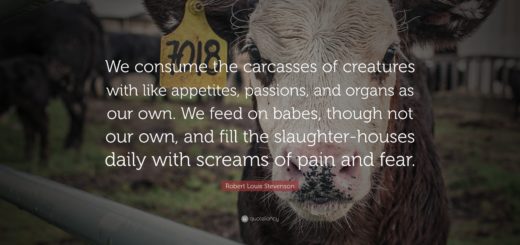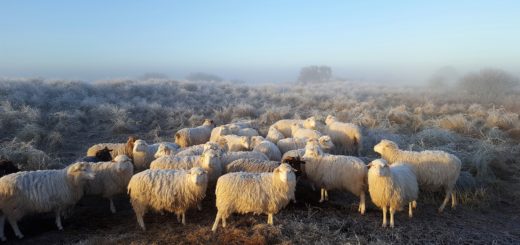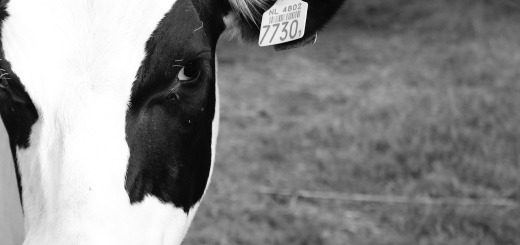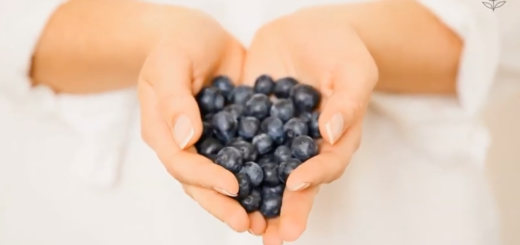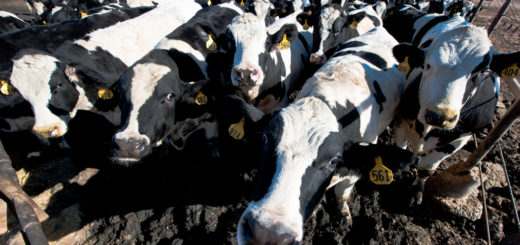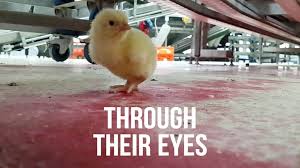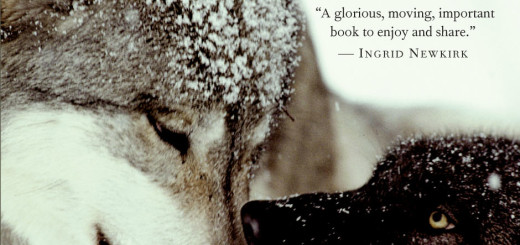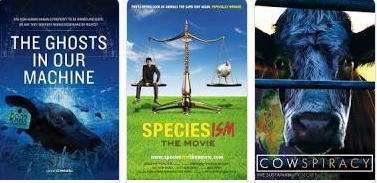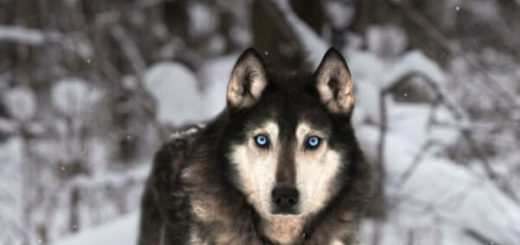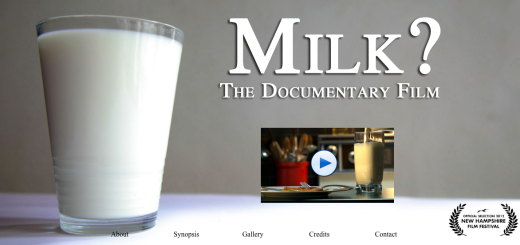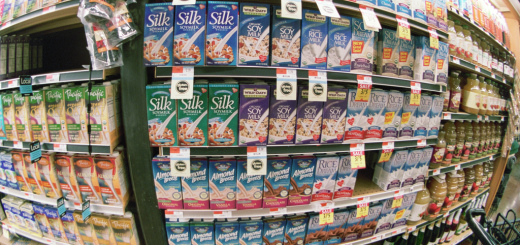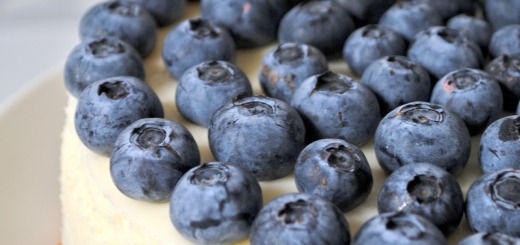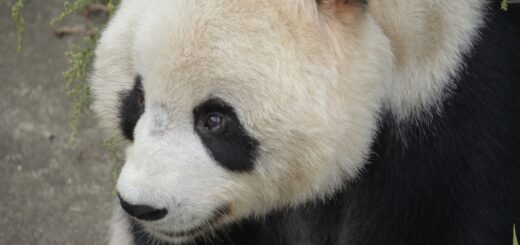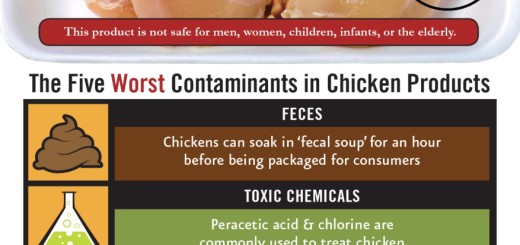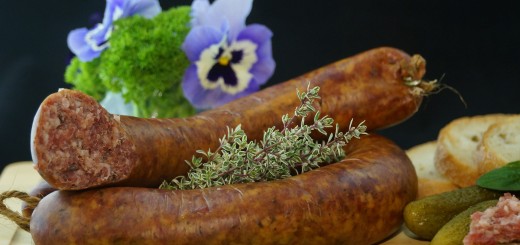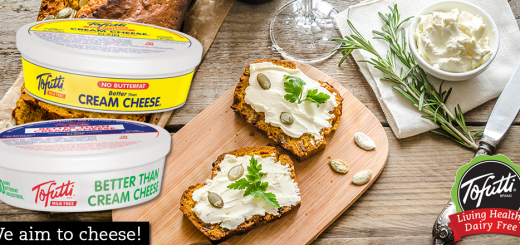
We are being made increasingly aware of our need to support the conservation of wildlife in the areas where we are living. Keeping local wildlife alive and thriving is important in preserving the ecosystems which not only support us and our needs but also help to the keep the planet in balance.
Organizations such as the Animal Welfare Institute have been working hard to make people increasingly aware of the need for wildlife conservation, but we are still seeing some considerable losses to local ecosystems. For example, Monarch butterflies are native to North America but have been disappearing fast since the 1980s because of widespread destruction of milkweed.
The key is for everyone to do their little bit for a better planet. Here are 12 easy things that we can all do to support wildlife conservation at home:
1. Plant bee-friendly flowers
A great way to attract the endangered and vulnerable bee is by planting flowers that they like. Try planting flowers with lots of pollen, such as alliums, geraniums, perovskia, monarda and lavender. These plants are also great for butterflies!
2. Teach your kids
By teaching our kids the value and importance of preserving wildlife, they will hopefully carry on your good work. This doesn’t mean sitting down and giving them lessons, just getting their rain boots on in the garden and leading by example will be enough!
3. Compost
Use your organic food and garden waste to make compost. This will not only reduce the amount of waste that you are creating, but it will also help your garden. Learn how to add your grass clippings from cut grass to help to fertilize your lawn and lock the moisture in.
4. Avoid pesticides, insecticides, rodenticides
Pesticides, insecticides and rodenticides are designed to kill pests – but they don’t differentiate between pests and local wildlife including mammals and birds of prey. Avoid using pesticides, insecticides and rodenticides and killing large amounts of delicate and vulnerable local wildlife that also harms the environment. There are a number of natural ways to control pests if you need to.
5. Make your garden a haven for wildlife
You can make your garden a haven for wildlife by adding in features such as ponds and bird boxes or wilder, meadow-like areas, where flora and fauna can go wild. The good news is that once that they are installed in your garden, they require literally no upkeep and you can just leave them free to do their thing.
6. Separate pets
Pets like cats and dogs can (unwittingly) terrorize local wildlife, and on some occasions, catch and kill them. It is better, therefore, if you are trying to attract wildlife to your garden, that you keep your pets and local wildlife separate.
Keep cats indoors. Cats kill over four million birds in the U.S. every day. Please keep your cat(s) indoors, especially in the spring and summer months when baby birds are learning to fly.
7. Trim trees and shrubs in the late Autumn
The worst time to trim vegetation is from January to October. The best time to cut or trim trees and shrubs is in November and December. If you are thinking about trimming your trees and shrubs, do it in the late autumn, not in the spring when birds can be nesting. Having a nest in a safe and protected space (from predators) in your garden can also be an incredible way to encourage birds and naturally aid the mating season. Squirrels and birds need trees and shrubs for food, shelter and especially to rear their young from January to October. Nests can be found almost anywhere within vegetation. Avoid disturbing birds and squirrels nests, remember the best time to prune trees and shrubs is in November and December.
8. Don’t feed mammals
Larger mammals such as deer can become dependent on people if they are fed. Unless you know otherwise, nature should have everything that they need, so you can watch them, but don’t feed them. This stands for most wildlife that is around. By feeding animals, they will not learn or practice how to catch their own food which can prove to be problematic for them in the future.
Keep all pet food indoors. Wild animals can become dependent upon humans or our pets’ food and may carry diseases that can make humans and pets sick.
9. Resist the temptation to over-rescue
It is one of the big dilemmas for nature documentary makers. To rescue an animal in trouble or not. As a general rule, however, it is important to resist the temptation to help or rescue an animal as it could upset the delicate balance of the ecosystem by over-populating.
10. Don’t use glue traps
Insect and rodents traps made with sticky substances can harm and kill many other animals including birds and reptiles. Use snap traps for rodent control, they are more humane.
11. Avoid the use of bird netting
Avoid the use of plastic bird netting, especially near the ground. It can trap and entangle many wild animals — such as snakes or lizards. Use a stiffer wire mesh instead.
12. Become a member of a conservation organization
Conservation organizations like the WWF, Paws and Animal Matters, work tirelessly to raise awareness and get the world engaged with nature and the protection of wildlife. By joining these organizations, or another organization that protects wildlife and animals, you can not only support them and their work, but also reap intrinsic benefits for you too.
We all have a responsibility to try to preserve our local wildlife and there are many small things that we can all do to help encourage conservation practices. By taking on some of these ideas and teaching children about the importance of safeguarding local wildlife, we can hope to see wildlife levels get back to where they should be – creating a healthier planet for all of us – especially for our children and grandchildren.
Credit: By Guest Author, Sarah Anderson, United Kingdom
Cover Image: Provided by PilotBrent at Pixabay, www.pixabay.com

